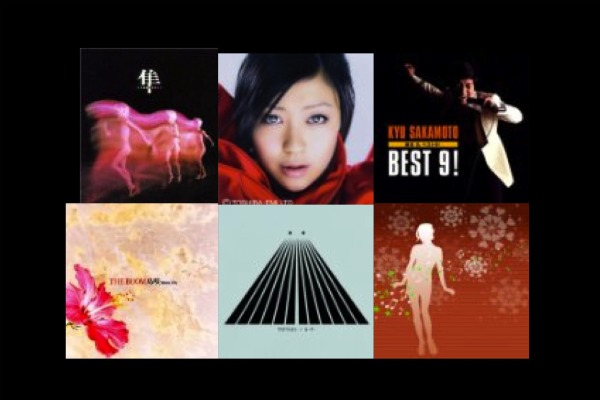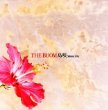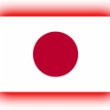I BECAME FASCINATED with the Japanese music industry as a byproduct of a high-school anime phase, and it’s been an asset for studying the language. I love listening to music by Japanese artists, and doing so has perfected my accent and my listening ability.


For a beginner in Japanese, learning the language through song and music is usually done with mnemonics and little rhymes to stick in your memory. Lullabies, kid’s songs, and folk song are an ideal place to start, just like how children’s books are great places to learn how to read in your new language. JapanesePod101 has three lullaby songs uploaded if you go there and type “Learn Japanese with Japanese Songs” into the search box. However, for adults, it will likely be easier to merge socially amongst other Japanese speakers if you know music relevant to your age group.
For this, it’s best to target simple pop, relaxing jazz, or country acts, although I threw some traditional survivors into the mix as well. As mentioned in 10 essential tips for learning Japanese, enjoying music to supplement your studying is an excellent way to imprint language in your mind, as long as it’s not the only thing you do!
Thanks to popularity of Japanese culture overseas, there are plenty of translations in a myriad of languages on the internet to assist you. When studying, keep in mind that the grammar in Japanese lyrics may be rearranged for style as “normal” Japanese doesn’t rhyme that well.
MUSIC
For lyrics in Japanese, try utamap.com.
For practicing tonation, timing, and accent, here’s a list of musical acts to learn and love. Pop music is easiest to learn in the terms of lyrics, and soulful artists tend to make slower music that’s easier to follow.
1. bird
Album: bird
Songs: SOULS, Ame no Hanashi Sa Wo – 雨の優しさを
Genre: R&B, Jazz
“bird” is the stage name of Japanese singer Kitayama Yuki. When I began studying Japanese as teenager, my dad was sent to Japan on a business trip and returned with this randomly selected album as a gift for me. I can clearly recall one night when I was listening to this CD for what seemed like millionth time, and I realized that was I actually following along with the Japanese lyric booklet! bird’s soulful, lower pitched voice stands out from packaged pop acts smothered in auto-tune. This was her first album.
2. Spitz – スピッツ
Songs: Umi wo Mi ni Ikou (海を見に行こう), Kimi wa Taiyo (君は太陽)
Genre: Classic rock
The band Spitz has been around since 1987, and they’re still together now in 2011. In Japan, they’re equal to what you’d think of as “classic rock,” and not the heavy metal kind. The vocabulary in their music varies between elementary school simple to get-out-the-dictionary complex. “Umi wo Mi ni Ikou” talks about grabbing the first bus to the beach tomorrow; it’s easy to understand and easy to learn on guitar. “Kimi wa Taiyou” compares an unspecified “you” to the sun.
3. Utada Hikaru – 宇多田 ヒカル
Songs: Automatic, Heart Station, Hikari (光)
Album: Any except Exodus, an album I recommend avoiding.
Genre: Soul, Pop
Utada Hikaru is infamous for her ability to move records. Raised in New York and Japan, the remarkable purity of Hikki’s bilingual music has captivated many people in a wide demographic. Her songs are so easy to understand and follow that I would regard them the way you listen to conversations in textbooks. If you want to try a hand at translation, start with Hikki’s music and compare notes to the plentiful translations online.
4. The BOOM
Song: Shima Uta
Genre: Country
Shima Uta, or Island Song, is a beautiful, mournful composition that uses metaphors of Okinawan scenery to disguise pining for lost love. This song is so popular that it has became permanently associated with Japan’s southern chain of islands. It gently uses Okinawan dialect instead of the more common Tokyo dialect used in textbooks use. Shima Uta also sticks to simple subject and simple predicate grammar. It’s so easy to memorize that you could probably sing it within a week.
5. Kyu Sakamoto (坂本九
Songs: Ue wo Muite Arukou (上を向いて歩こう)/Sukiyaki, Ashita ga Aru Sa (明日があるさ)
Genre: Pop, Country
Kyu Sakamoto was the first Japanese person to ever have a #1 song on the American pop charts back in 1963* with Sukyaki, and the record still stands today. Regrettably, Mr. Sakamoto is not here to enjoy his success – he perished in the JAL Flight 123 crash in 1985. This ambling, sad song of love is not unlike Shima Uta.
6. Kimi Ga Yo (君が代)
This poem is Japan’s national anthem, and at 32 kana long, it’s the shortest national anthem in the world. Learning this will impress any Japanese host or teacher you may have. It’s sung like a ballad so you can practice emphasizing each drawn-out sound.
Pop sensation Ken Hirai did a lovely rendition of it here, and Hitomi Shimatani did an absolutely beautiful version of it here. Even though Kimi ga Yo is usually performed passionately before sport games or official events, Kiyoshiro Imawano (ex-RC Succession) once performed a punk rock version of it with Tomoyasu Hotei (ex-BOOWY). Don’t ask me how they stretched it into a six-minute song.




